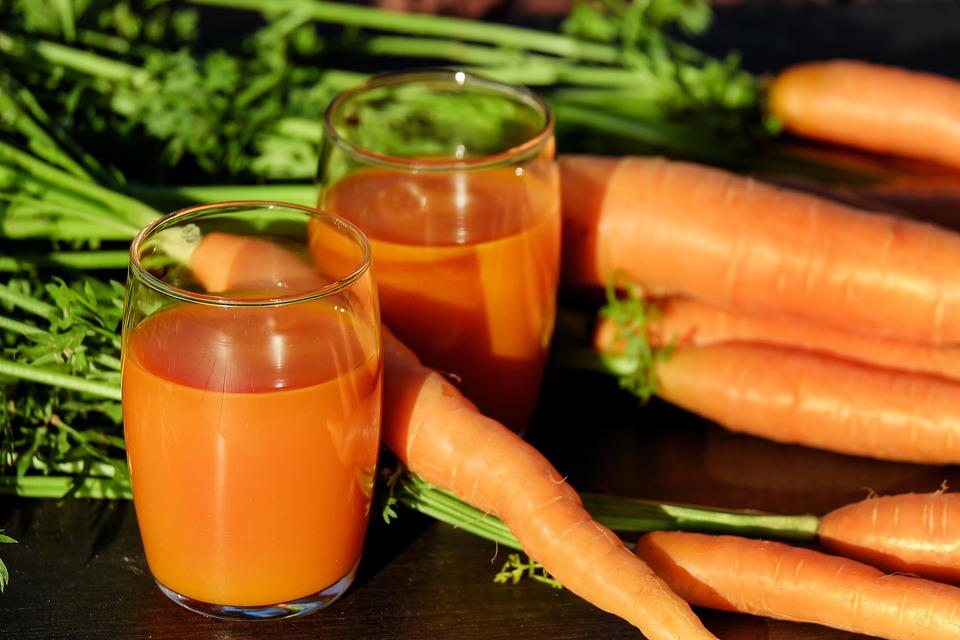In the previous article, we discussed Vitamins A and D. Today, we shall learn about the different types of Vitamin B.
Vitamin B Complex
Vitamin B Complex is a group of water-soluble substances that have certain functions in common but are not related chemically. These vitamins are often found together in foodstuffs.
Thiamine (Vitamin B1)

Thiamin or B1 refers to a crystalline compound with a yeast-like odor. This vitamin is stored in the liver and heart and to a lesser extent in the kidney and brain.
The dreaded disease beriberi is the result of thiamine deficiency. There is a loss of appetite, fatigue, wasting away of the muscles, digestive disturbances, poor assimilation of food and loss of weight. In serious cases, it can lead to paralysis or even death. Thiamine deficiency is especially prevalent in the Far East because polished rice makes up a large part of the diet in that area. The deficiency is not particularly serious in the United States, Canada and Europe, except among heavy drinkers, people who tend to follow strange food fads or those who eat poorly prepared foods. Dysentery and various other diseases of the digestive system may interfere with the absorption of thiamine and may thus bring about a serious deficiency of the vitamin.
Rice bran and wheat germ are particularly rich in thiamine. A diet containing large amounts of unpolished rice or whole wheat bread should furnish adequate quantities of the vitamin. Oatmeal, peas, beans, peanuts and lean pork are also good natural sources.
Thiamine is produced synthetically in such large amounts that a single daily dose costs only a fraction of a cent. It is much easier therefore to add the vitamin to thiamine-deficient foods such as white bread and polished rice than it is to alter the processing of these foods in order to maintain their vitamin content.
Riboflavin (Vitamin B2)

Riboflavin or vitamin B2 forms part of a yellow enzyme that is found in every living cell that deals with cell respiration. Riboflavin has been isolated in the form of an orange-yellow crystalline powder. Reserves of the vitamin may be accumulated in the liver and kidney, but these reserves are quickly used up. Among the sources of this vitamin are whey, eggs, liver, yeast, legumes, oysters, yellow corn, tomatoes and various fruits and nuts.
Deficiency in riboflavin affects growth. It also leads to splitting of the skin around the mouth, swelling of the tongue and a severe skin disorder that may involve large areas of the body. The eyes may also be more or less seriously affected as a result of riboflavin deficiency.
Pantothenic Acid – a B Vitamin

Pantothenic acid is found in all living tissues, as the name indicates (Pantothen means ‘from everywhere” in Greek). This vitamin forms part of coenzyme A, which enters into a great many necessary chemical reactions in the human body. Pantothenic acid has been isolated in the form of a thick oil.
Little is known about the effect of Pantothenic acid deficiency in human beings. If animals are deprived of this vitamin, they fail to grow, their hair changes color and there are breaks in the skin. In extreme cases, the hind legs may become paralyzed and sudden death may occur. Diets enriched with Pantothenic acid have significantly increased the life span of test animals. In man, no disease has been definitely traced to the lack of Pantothenic acid. However, it is now accepted that human beings do require this vitamin.
Liver, yeast, eggs, meat, dairy products, molasses, broccoli and fruits are important sources of Pantothenic acid. The richest known source is royal jelly, the food fed to the queen bee by worker bees. Pantothenic acid is also synthesized by intestinal bacteria.
There is more to discover about the different types of B vitamins and if you are curious to learn more about them, don’t forget to come back for part 3. And, please share your comments below!


